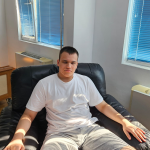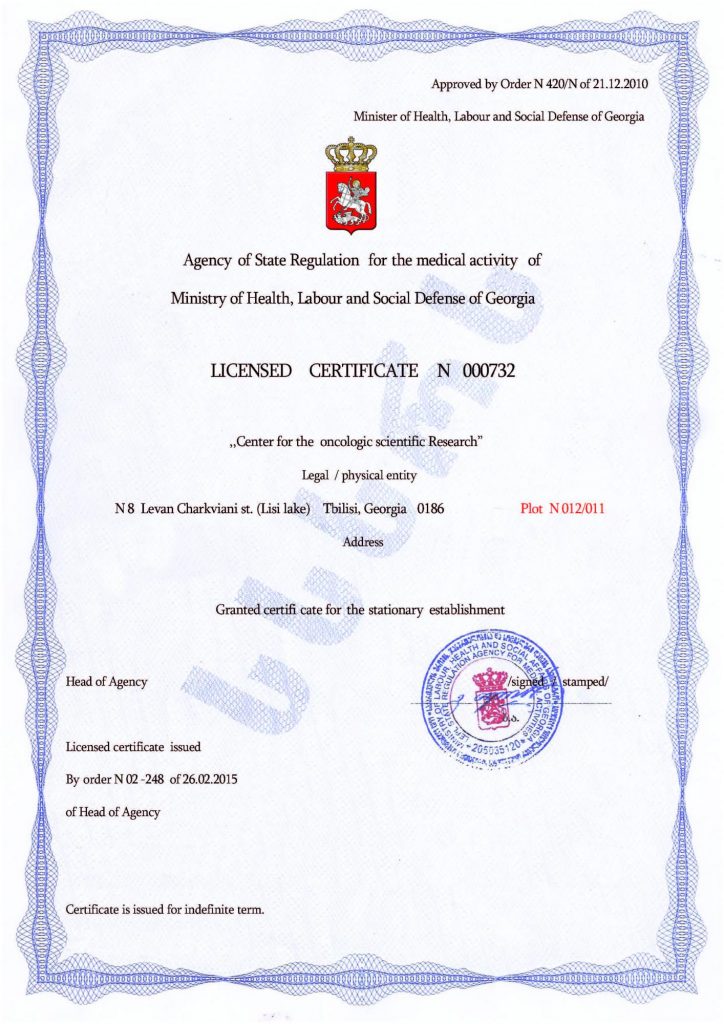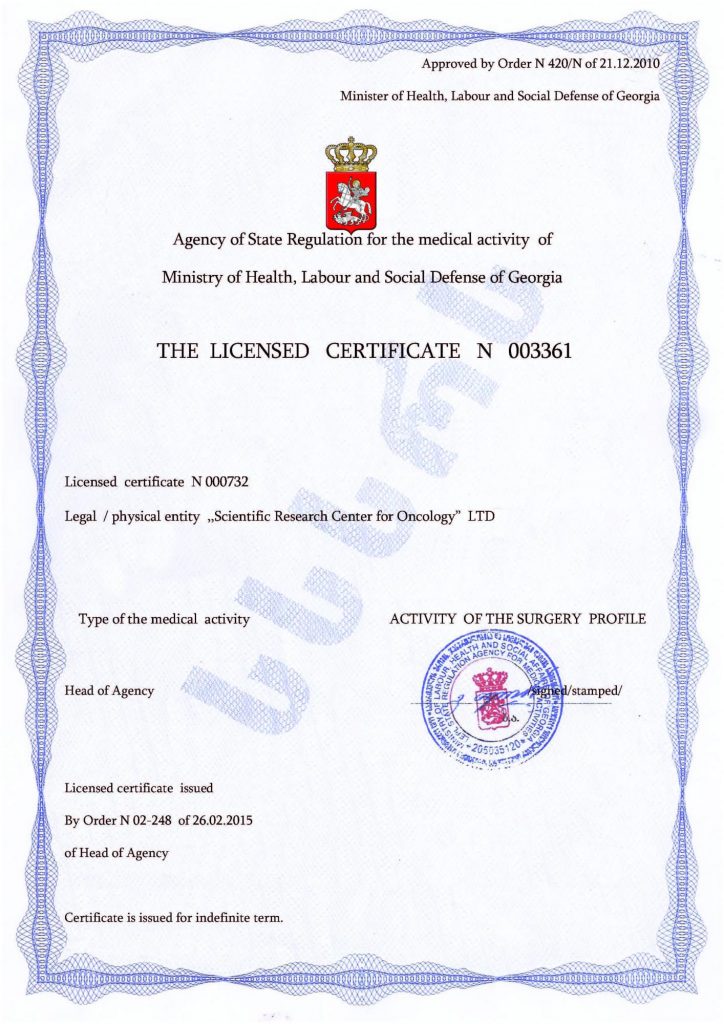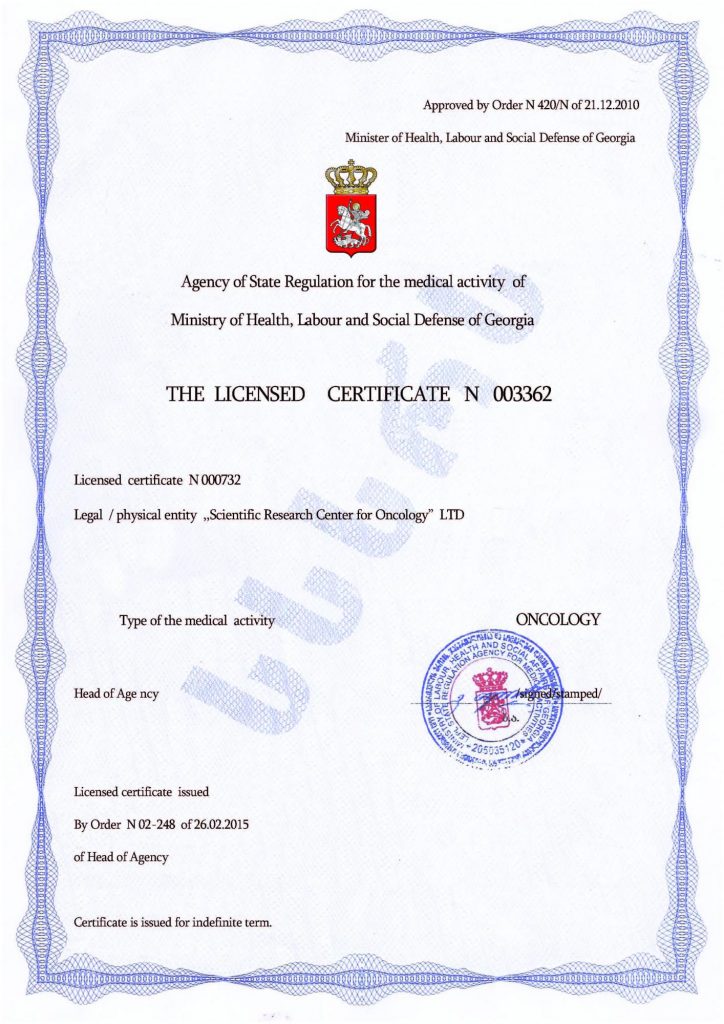Diving for Autism
Water sports are especially popular among people with disabilities and those with various mental disorders. Much like the amniotic fluid in the mother’s womb, water envelops the body with a sense of extraordinary calm, providing lightness, relaxation, and emotional balance. This has a positive impact on brain function.
Dolphin therapy, swimming, water aerobics – these are classic alternative methods for correcting ASD, and recently, diving has been added to the list.
Therapeutic diving for children with autism is a technique used to alleviate certain symptoms of the condition and help expand sensory and emotional experiences. Thanks to its novelty, this method of treating ASD symptoms is gradually gaining popularity in many countries around the world.
Thus, autism diving therapy helps to:
- Deal with movement coordination disorders
● Relieve pain and muscle tension
● Minimize the effects of nervous stress
● Overcome tactile fear that arises during touch.
Like other water procedures, autistic children generally respond positively to submersion. They are incredibly fascinated by the opportunity to explore unfamiliar marine life, even despite a lack of interest in the world around them. Diving sessions are completely safe, as they are conducted by experienced instructors using quality equipment near the seaside.
Diving for Children with ASD:
- Provides new emotional experiences
● Helps overcome the fear of interacting with the outside world
● Forms new neural connections
● Develops logical thinking
● Stimulates the desire to communicate non-verbally with the instructor and marine life
● Strengthens the musculoskeletal system with regular sessions.
If possible, give your child the gift of new, vivid experiences by diving with them. This will help them overcome the fear of immersion and focus on their new experience. Today, therapeutic diving is available at many large seaside resorts. Some water parks also offer this service, and perhaps there’s one in your city.
Never attempt diving if your child strongly refuses or has a pathological fear of depth. And, of course, be sure to carefully select the instructors.
Effectiveness of Diving for Autism
This method is not a primary treatment and is not included in the official list of auxiliary methods for correcting childhood autism. However, many parents and modern therapists speak highly of diving, considering it a beneficial new experience for children with ASD. They also emphasize that there are other innovative techniques that deserve more attention.
For example, stem cell transplantation.
Cell Therapy for Treating Autism in Children is an advanced technique with a remarkable therapeutic effect that is not found in other methods.
It has been used in official medical practice for quite some time, and there is a great deal of reliable data about its effectiveness. The essence of this treatment for autism spectrum disorder in children lies in synthesizing stem cells from the patient’s biological material and introducing them into the spinal canal to restore the proper structure of the brain.
Visit the Mardaleishvili Medical Center in Tbilisi for effective treatment, which can be complemented with diving therapy.
Autism Treatment Center Videos
Autism treatment with own stem cells
Cord blood association congress
International Quality Crown
Autism Treatment Reviews
Autism treatment with own stem cells
The story of Alessandro (6 years old)
Autism Patient Testimonial - Stem Cell Treatment
Clients Testimonials

Feedback from Nathalie, mother of Andre (9 years old) Read More

Feedback from Yulia, mother of Emily (7 years old) Read More

Feedback by Everita, Katrina’s mother (5 years old) Read More
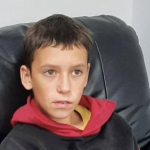
Feedback from Igor, David’s father (12 years old) Read More
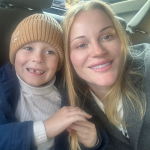
Feedback from Olga, Fedya’s mother Read More
